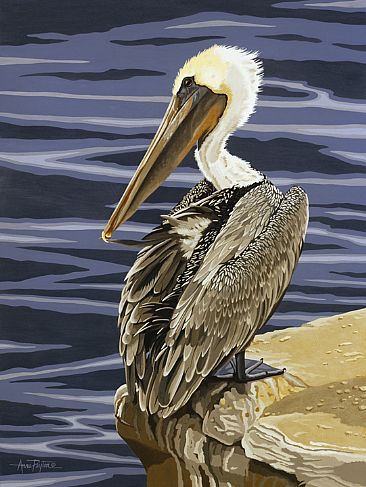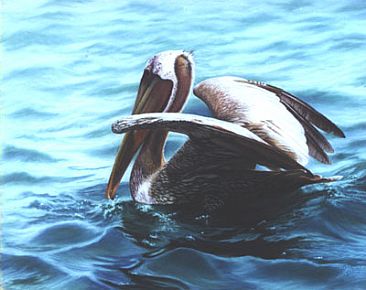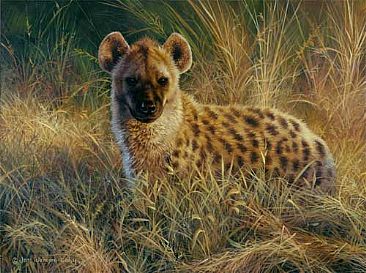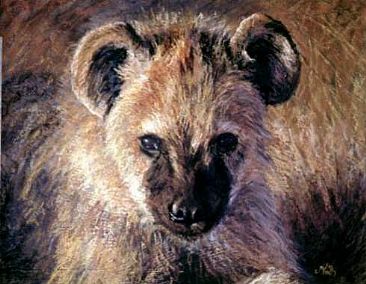A blog about animals including wildlife, horses, dogs, cats, and other domestic animals, as well as the artwork I create from them.
Oct 29, 2007
Upcoming Art shows - Nov 2007
Nov 9-11
Waterfowl Festival
Easton, MD
www.waterfowlfestival.org
410-822-4567
Nov 9-21
Women Artists of the West 38th Annual Invitational
Hilligoss Galleries, Studio of Long Grove
360 Historical Lane
Long Grove, IL
www.hilligossgalleries.com
847-634-4244
Nov 10-11
Pepper Tree Art Show
3617 Roblar Ave
Santa Ynez, CA
www.peppertreeartshow.com
805-688-6205
Nov 16-18
Wildlife Art Festival the 25th Anniversary
2024 Orange Tree Lane
Redlands, CA 92374, USA
www.sbcounty.gov/museum/
909-307-2669
November 17-18
Eastern Pennsylvania Wildlife Art Show
Town Hall
New Hope, PA
Nov 17-18
Twelfth Annual Plantation Wildlife Arts Festival
Thomasville Cultural Center
US Highway 319
Jackson Street
Thomasville, GA
www.pwaf.org
229-226-0588
Shows to enter:
Nov 30 deadline
Endangered Species Juried Art Competition
Wildling Art Museum
www.wildlingmuseum.org
802-688-1082
Oct 22, 2007
Endangered Species in Art: Brown Pelican

Turning to Preen
Subject: Brown Pelican
Dimensions (inches): 20 x 15
Medium: Acrylic
by
Anne Peyton

Soft Landing (2000)
Subject: Brown Pelican
Medium: Pastel on sanded paper
by
Judy M. Hohl

Brown Pelican
Subject: Brown Pelican
Dimensions (inches): (framed 10"x14")
by
Paul Makuchal
Oct 14, 2007
Uncommon Wildlife Art Subjects: Hyena
First of all, despite their reputation for being slobbering, filthy scavangers, some species of hyena are actually very efficient hunters. They are also highly intelligent, equal in intelligence to some ape species.
Another particularly unusual and interesting fact about the hyena is the presense of a psuedo-penis on the female hyenas. Read more about this and other interesting facts on Wikipedia.
So maybe you'll think about these animals in a new way as you enjoy some hyena paintings by some wonderful wildlife artists.

Subject: Spotted Hyena
Joni Johnson-Godsy

Angela Drysdale

Nico Bulder
Oct 6, 2007
Protecting Your Images Online
Artists new to the online art world are sometimes a little hesitant to put their images out there, fearing unauthorized use and distribution of their artwork. But there is so much opportunity for positive exposure on the internet that it would be a shame not to take advantage of it because of this concern.
There are several things you can do to help protect your images from unauthorized use. Watermarking is the probably one of the oldest and most common forms of protecting images. It won't stop people from downloading your image but it will make it unusable for printing or trying to take credit for the work. People are also less likely to want to download it when there's an obvious watermark on it. Here is an example of a typical watermark:

Not very pretty, though, is it?
There are other things you can do that won't ruin the appearance of your image. In order to download an image off a website people generally have to right-click on it to bring up the save image menu option. There is a javascript you can add to your site that will prevent people from right-clicking on your image and pop up a notice warning them that your images are copyright protected. This only discourages the less Web-savvy thieves out there, however, since it's really not hard to find the image URL by viewing the source and downloading it directly. They could also simply take a screen capture and crop and save the image that way.
Another option is to "shrink wrap" your image which is a way of putting a fake transparent image over the real image so when someone tries to download your image they think they're getting the real thing when, in fact, they are getting the transparent image. You can find out how to do this here on About.com.
Personally, I don't do any of these things, really. People distributing my art all over the web just means more exposure for me. The trick is to make sure my name and web address stay with my image so the free publicity does me some good so I add my name name and web address into my images directly. I guess you could call that a form of watermarking but it doesn't obscure the image the way the typical watermark does. Here's how mine looks:

You might argue that if someone wants to steal your artwork they could simply crop the name and address off the bottom. Well, yeah, they could. But I think the vast majority of people who download and distribute your images do so simply because they like it and want to share it with friends. I don't think they're trying to take the credit away from you and are unlikely to go to the trouble to crop the image. Names and links to the sources of images are usually just lost out of carelessness and lack of web page editing skills.
To discourage those who might actually want to steal credit for your work, or print it out, I suggest simply keeping your images low resolution and low dpi. Keep the dimensions smaller than 500 pixels and keep the dpi below 96. You can also add a 10-20% jpg compression which will further degrade the image. On your computer screen these adjustments won't affect the image much and it will still look decent on your web page. If your image is, say, 400 pixels wide at 72 dpi then when someone tries to print it out on their computer printer it will only be about 5 inches wide and won't look too great. Should they try to force it to fill the page in an attempt to get an 8"x10" print it will look downright horrid at that resolution and dpi. Maybe they'll be satisfied hanging that crappy postcard sized print on their wall but they certainly won't get away with trying to sell them as fine art prints to anyone but a blind person.